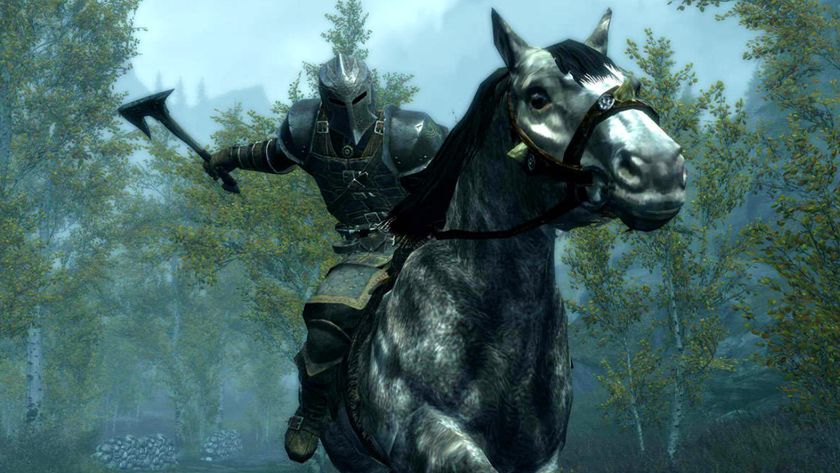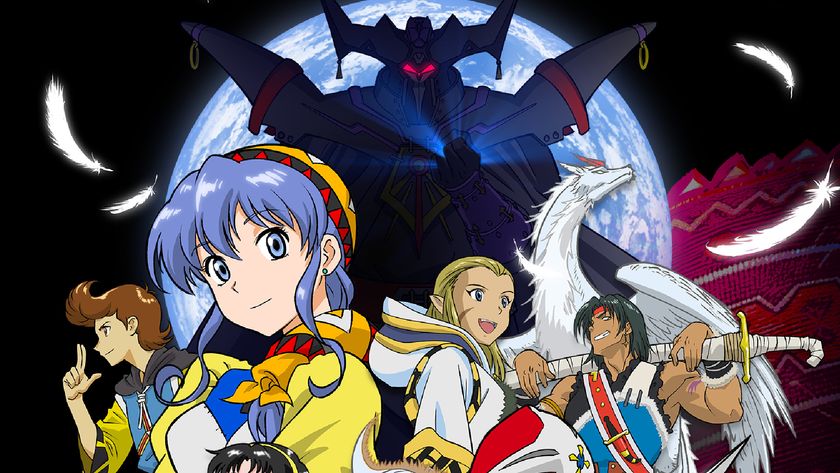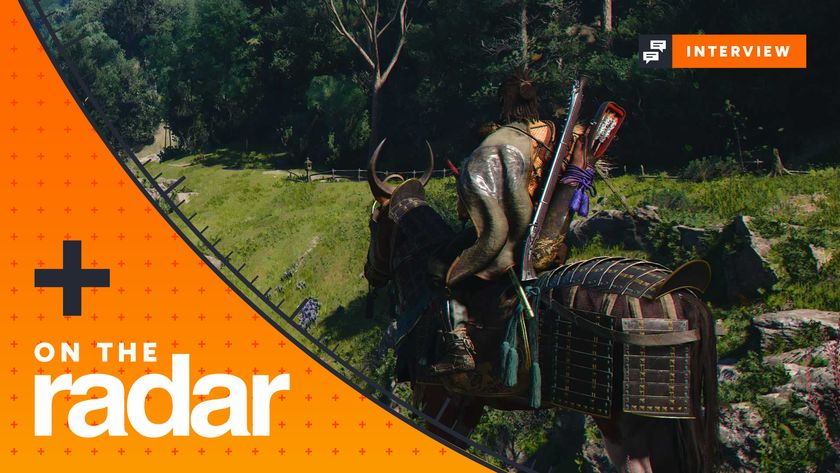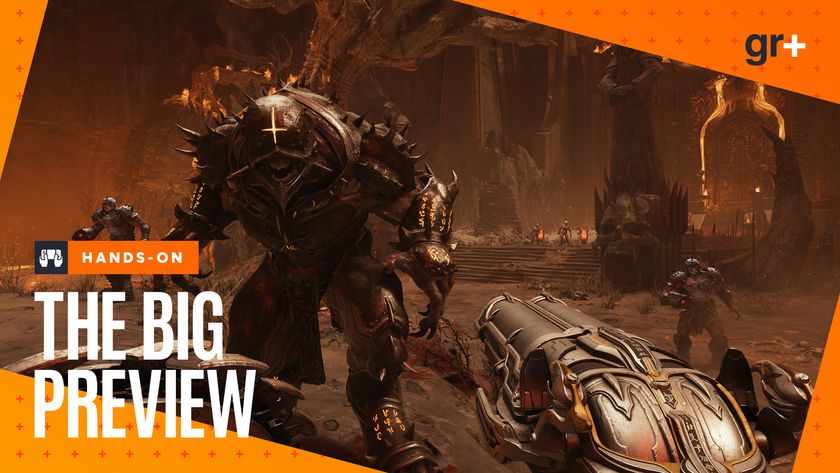Hands-on with Psychonauts 2: A sequel that delights in the chaos of its mind-bending mischief
Psychonauts 2 continues to spark joy with every mind-bending mission
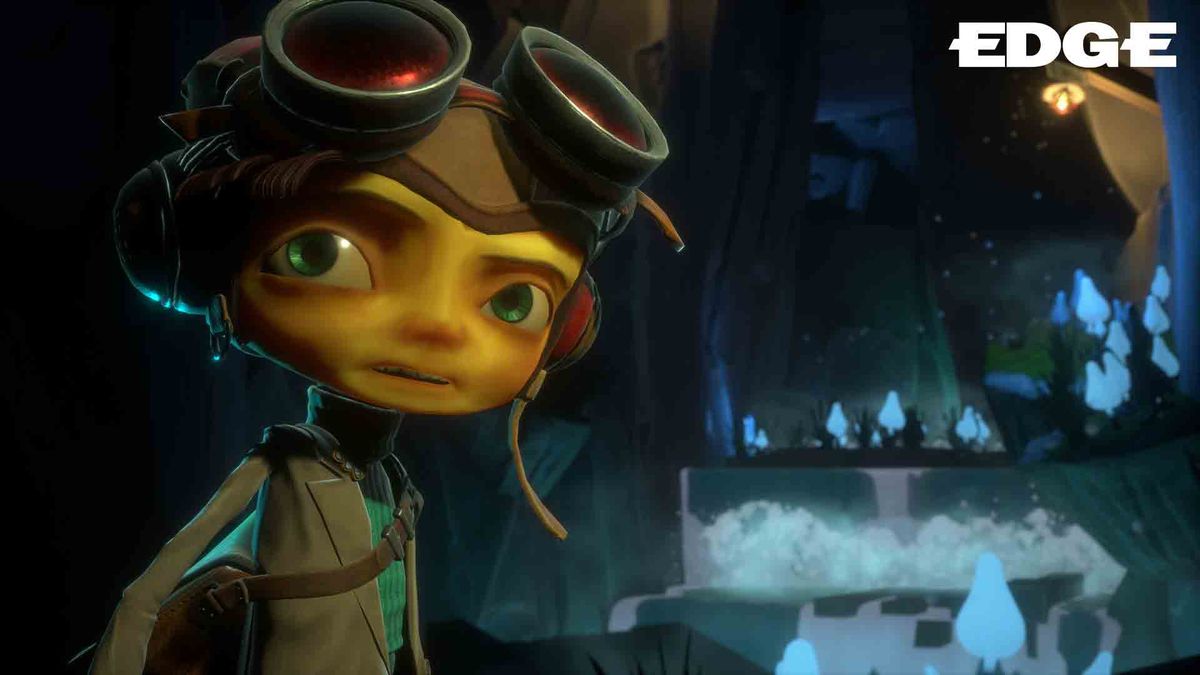
Reinsert the loose tooth; unzip the dental door; psi-blast the uvula – Psychonauts 2 walkthroughs are going to sound weird. Which, of course, is as things should be. The first game was a witty but otherwise unremarkable 3D platformer elevated to something much greater by the feverish imagination of its worlds, each birthed from the turbulent subconscious of a troubled mind. Early signs suggest that, 14 years on, the sequel might just repeat the trick.

This feature first appeared in Edge Magazine. If you want more like it every month, delivered straight to your doorstop or your inbox, why not subscribe to Edge here.
We open on the upper cortex of a brain, with the wrinkles steadily widening until the whole thing morphs into a top-down view of a nightmarishly large office, housing countless nondescript cubicles. Inside one we find protagonist Raz, who has traded his helmet and goggles for a crop of brown hair with a tidy side parting. Joylessly tapping away at his keyboard, he looks every bit the office drone. It's a sad sight: this is supposed to be his dream job, yet it looks anything but.
As it turns out, this is a construct, designed to let the Psychonauts explore the mind of Dr Caligosto Loboto, the unhinged dentist from the first game and antagonist of VR spinoff Rhombus Of Ruin. At the behest of colleagues Sasha, Milla and Lili, Raz is asked to find out who Loboto is working for. What follows is a tailing mission that's anything but orthodox. As Raz dons his familiar headgear, he almost immediately alerts Loboto by responding to his fretful friends: "I am acting casual." Told not to lose his quarry, he rounds a corner to find he already has; it seems Loboto has grown suspicious and taken countermeasures to protect his secret. Still, Raz's melee attacks make short work of a hastily-stacked pile of cardboard boxes, and the pursuit can continue.
Into the mind of Dr Caligosto Loboto
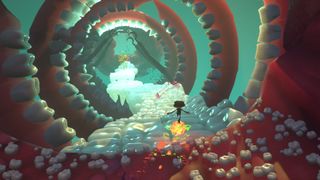
Then things get really strange. Some clever perspective trickery captures that horrible dreamlike sensation of running towards something without getting any closer, as Raz hares down a seemingly neverending corridor. Suddenly the room at the far end zooms into the distance, leaving him even further to go. When he eventually makes it, the room at the end is now a top- down view of the office – Loboto drops down and walks along the floor, but to Raz it's now a wall, the cubicles becoming platforms for him to clamber up from a side-on perspective. When he reaches the top, the camera shifts back behind him, except now he's walking along the strip lights on the ceiling. By now, Loboto has grown much larger than the construct, having broken free of its confines; shaking the building violently, he sends Raz and another familiar face – the original game's militaristic Coach – falling into a grotesque world where teeth, gums and dental equipment have fused awkwardly with the office setting.
From then on, we get a pacy runthrough of Raz's psychic powers: as tutorial missions go, it rarely feels like one, with snappy cutscenes that can be measured in seconds rather than minutes. Using telekinesis, Raz lifts a giant tooth that has Coach pinned to the floor, before testing it out on the returning Censors, those bespectacled bureaucrats wielding their red rejection stamps, and a clutch of chattering dentures. The throw-stun-whack rhythm of combat – with the odd psi-blast to mix things up – is nothing new, but everything seems to have extra zip.
A series of propaganda-style posters subconsciously persuading Loboto not to spill the beans give Raz the opportunity to try out pyrokinesis; a set of highly flammable, goo-spitting monsters does the same. Then comes levitation, as you ride an updraught to float safely over to a dentist's sink before conjuring a glowing ball to roll down the plughole, which leads to an obstacle course of spinning teeth and collapsing enamel bridges. With an intriguing cliffhanger to round things off, it's just about the perfect appetite-whetter, suggesting Double Fine is more than capable of recapturing the original's inventive brilliance. As Milla purrs, "There's a little chaos on every mission, Raz". On this evidence, that's a major understatement.
This feature first appeared in EDGE. For more excellent articles like the one you've just read, why not subscribe to the print or digital edition of EDGE Magazine at MyFavouriteMagazines.
Sign up to the 12DOVE Newsletter
Weekly digests, tales from the communities you love, and more
Edge magazine was launched in 1993 with a mission to dig deep into the inner workings of the international videogame industry, quickly building a reputation for next-level analysis, features, interviews and reviews that holds fast nearly 30 years on.
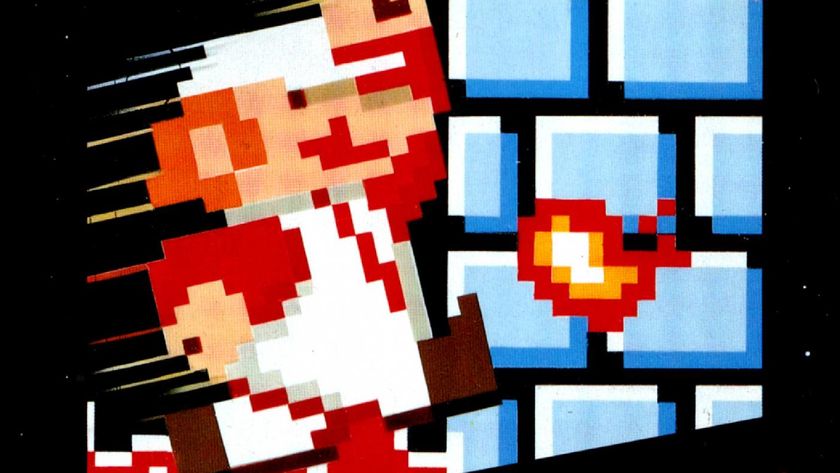
Super Mario Bros 2 player crashes the game, casually posts the clip online, and accidentally makes "the biggest 2D Mario speedrun discovery in years"
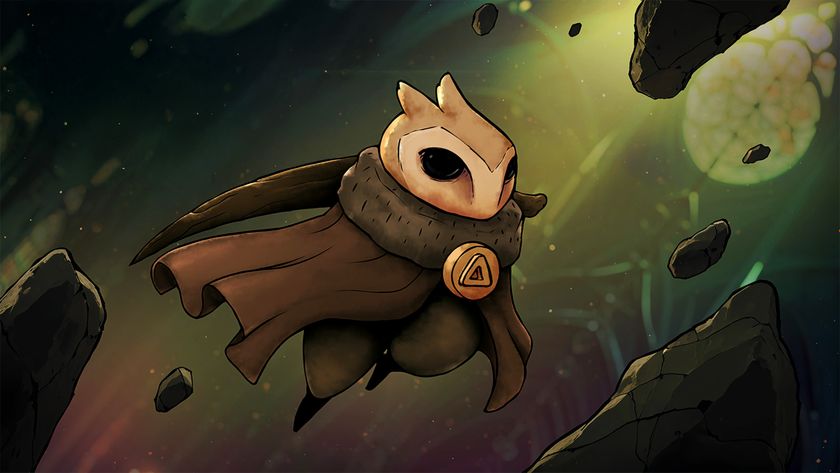
Hollow Knight: Silksong is so late that this stylish and extremely Hollow Knight-inspired Metroidvania, made by a studio called Whalesong, might launch first

